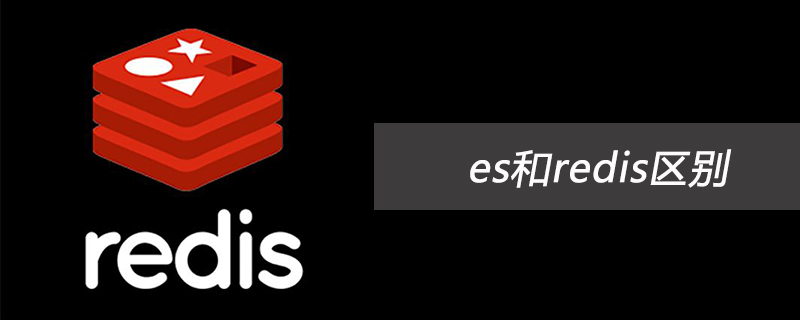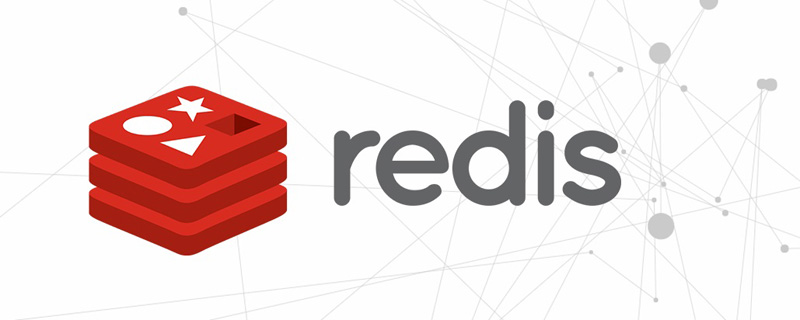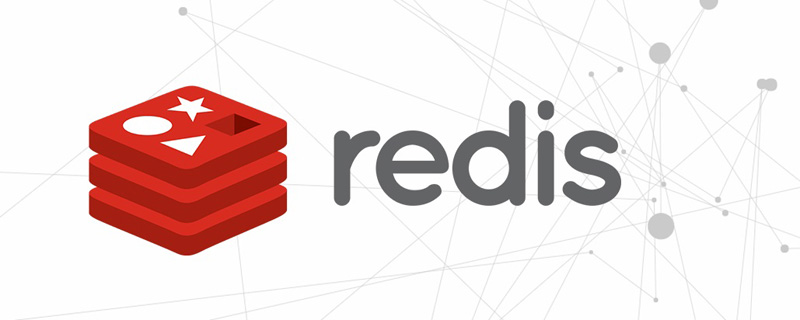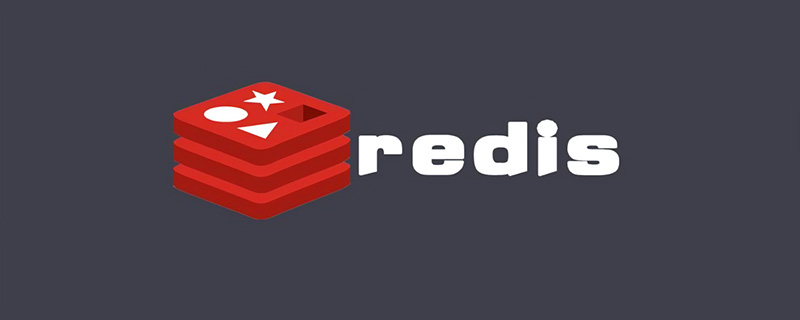Redis, as a high-speed and efficient in-memory database, has been widely used in various fields. In addition to data storage and reading in a single language environment, Redis can also achieve cross-language data communication. This cross-language data communication can greatly improve system interoperability. This article will introduce in detail how to use Redis to achieve cross-language data communication.
1. Review of the basic concepts of Redis
Redis is a memory-based key-value database that supports a variety of data structures. In Redis, each data is saved in the form of "key-value". Among them, "key" is a string used to uniquely identify data; and "value" can be one of multiple data types, such as string, list, hash, set, etc.
In order to be able to perform cross-language data communication with Redis, we need to understand some basic concepts:
- Redis client
Redis client is related to The component used by the Redis server to communicate. A Redis client can be a Redis library provided through a programming language or a Redis command line interface (CLI).
- Redis server
Redis server is a computer process running Redis software and is responsible for data storage and processing. Redis server supports two communication protocols: TCP and Unix domain sockets.
- Redis database
Each Redis server can support multiple databases (the default is 16), and each database can contain multiple pieces of data. Each data is uniquely identified by "key".
- Redis persistence
Redis supports RDB persistence and AOF persistence. RDB persistence periodically saves the state of the Redis server to the hard disk, while AOF persistence saves each write operation to a file.
2. Redis realizes cross-language data communication
In order to enable applications in different languages to communicate data through Redis, we need to make appropriate adjustments to the use of the Redis client.
- Redis client initialization
Before using the Redis client, we need to ensure that the client has been initialized correctly. This process usually includes creating a Redis client instance, connecting to the Redis server and selecting the correct Redis database:
-
Creating a Redis client instance: We need to use the Redis provided by the corresponding programming language The client library creates a Redis client instance. For example, in Python, we can use the redis-py library to create a Redis client instance:
import redis # 创建Redis客户端实例 redis_client = redis.Redis(host=<redis-server-host>, port=<redis-server-port>, db=<redis-database-number>)
-
Connect to the Redis server: We need to use the "connect" method of the Redis client instance to connect to Redis server. For example, in Python, we can use the following code to connect to the Redis server:
redis_client.connect()
-
Select the Redis database: We need to use the "select" method of the Redis client to select the correct Redis database, The parameter of this method is an integer representing the number of the database to be selected. For example, in Python, we can use the following code to select the Redis database numbered 0:
redis_client.select(0)
After completing the above three steps, we can start using the Redis client Perform data reading and writing operations.
- Mapping of Redis data types
Since the data types supported by Redis are different from the basic data types provided by different programming languages, when conducting cross-language data communication , data type mapping is required.
For example, in Python, the real "list" is implemented through the "list" type, while in Redis, the list is implemented through the "list" data structure. Therefore, when performing data communication, we need to map the "list" type in Python to the "list" data structure in Redis.
The following is the mapping relationship between some commonly used Python data types and Redis data structures:
| Redis data structure | ||
|---|---|---|
| String (string) | ||
| String | ||
| List | ||
| SET | ||
| Hash |
| Redis命令 | 数据结构 | 说明 |
|---|---|---|
| SET | 字符串 | 设置字符串的值 |
| GET | 字符串 | 获取字符串的值 |
| LPUSH | 列表 | 在列表的左端添加元素 |
| RPUSH | 列表 | 在列表的右端添加元素 |
| LPOP | 列表 | 从列表的左端移除元素 |
| RPOP | 列表 | 从列表的右端移除元素 |
| HSET | 哈希 | 向哈希中添加字段 |
| HGET | 哈希 | 获取哈希中指定字段的值 |
根据不同的Redis命令操作不同的数据结构,我们就可以实现不同类型数据的跨语言通信。
三、总结
本文向读者讲解了如何使用Redis实现跨语言的数据通信,包括Redis客户端的初始化、Redis数据结构的映射以及Redis命令的使用。借助Redis提供的高效、灵活的数据操作方式,不同编程语言的应用程序可以轻松地实现数据的共享和通信,从而更好地支撑系统互操作性的实现。
The above is the detailed content of Detailed explanation of cross-language data communication with Redis. For more information, please follow other related articles on the PHP Chinese website!
 es和redis区别Jul 06, 2019 pm 01:45 PM
es和redis区别Jul 06, 2019 pm 01:45 PMRedis是现在最热门的key-value数据库,Redis的最大特点是key-value存储所带来的简单和高性能;相较于MongoDB和Redis,晚一年发布的ES可能知名度要低一些,ES的特点是搜索,ES是围绕搜索设计的。
 一起来聊聊Redis有什么优势和特点May 16, 2022 pm 06:04 PM
一起来聊聊Redis有什么优势和特点May 16, 2022 pm 06:04 PM本篇文章给大家带来了关于redis的相关知识,其中主要介绍了关于redis的一些优势和特点,Redis 是一个开源的使用ANSI C语言编写、遵守 BSD 协议、支持网络、可基于内存、分布式存储数据库,下面一起来看一下,希望对大家有帮助。
 实例详解Redis Cluster集群收缩主从节点Apr 21, 2022 pm 06:23 PM
实例详解Redis Cluster集群收缩主从节点Apr 21, 2022 pm 06:23 PM本篇文章给大家带来了关于redis的相关知识,其中主要介绍了Redis Cluster集群收缩主从节点的相关问题,包括了Cluster集群收缩概念、将6390主节点从集群中收缩、验证数据迁移过程是否导致数据异常等,希望对大家有帮助。
 Redis实现排行榜及相同积分按时间排序功能的实现Aug 22, 2022 pm 05:51 PM
Redis实现排行榜及相同积分按时间排序功能的实现Aug 22, 2022 pm 05:51 PM本篇文章给大家带来了关于redis的相关知识,其中主要介绍了Redis实现排行榜及相同积分按时间排序,本文通过实例代码给大家介绍的非常详细,对大家的学习或工作具有一定的参考借鉴价值,希望对大家有帮助。
 详细解析Redis中命令的原子性Jun 01, 2022 am 11:58 AM
详细解析Redis中命令的原子性Jun 01, 2022 am 11:58 AM本篇文章给大家带来了关于redis的相关知识,其中主要介绍了关于原子操作中命令原子性的相关问题,包括了处理并发的方案、编程模型、多IO线程以及单命令的相关内容,下面一起看一下,希望对大家有帮助。
 实例详解Redis实现排行榜及相同积分按时间排序功能的实现Aug 26, 2022 pm 02:09 PM
实例详解Redis实现排行榜及相同积分按时间排序功能的实现Aug 26, 2022 pm 02:09 PM本篇文章给大家带来了关于redis的相关知识,其中主要介绍了Redis实现排行榜及相同积分按时间排序,本文通过实例代码给大家介绍的非常详细,下面一起来看一下,希望对大家有帮助。
 一文搞懂redis的bitmapApr 27, 2022 pm 07:48 PM
一文搞懂redis的bitmapApr 27, 2022 pm 07:48 PM本篇文章给大家带来了关于redis的相关知识,其中主要介绍了bitmap问题,Redis 为我们提供了位图这一数据结构,位图数据结构其实并不是一个全新的玩意,我们可以简单的认为就是个数组,只是里面的内容只能为0或1而已,希望对大家有帮助。
 一起聊聊Redis实现秒杀的问题May 27, 2022 am 11:40 AM
一起聊聊Redis实现秒杀的问题May 27, 2022 am 11:40 AM本篇文章给大家带来了关于redis的相关知识,其中主要介绍了关于实现秒杀的相关内容,包括了秒杀逻辑、存在的链接超时、超卖和库存遗留的问题,下面一起来看一下,希望对大家有帮助。


Hot AI Tools

Undresser.AI Undress
AI-powered app for creating realistic nude photos

AI Clothes Remover
Online AI tool for removing clothes from photos.

Undress AI Tool
Undress images for free

Clothoff.io
AI clothes remover

AI Hentai Generator
Generate AI Hentai for free.

Hot Article

Hot Tools

ZendStudio 13.5.1 Mac
Powerful PHP integrated development environment

Safe Exam Browser
Safe Exam Browser is a secure browser environment for taking online exams securely. This software turns any computer into a secure workstation. It controls access to any utility and prevents students from using unauthorized resources.

DVWA
Damn Vulnerable Web App (DVWA) is a PHP/MySQL web application that is very vulnerable. Its main goals are to be an aid for security professionals to test their skills and tools in a legal environment, to help web developers better understand the process of securing web applications, and to help teachers/students teach/learn in a classroom environment Web application security. The goal of DVWA is to practice some of the most common web vulnerabilities through a simple and straightforward interface, with varying degrees of difficulty. Please note that this software

SublimeText3 English version
Recommended: Win version, supports code prompts!

VSCode Windows 64-bit Download
A free and powerful IDE editor launched by Microsoft






